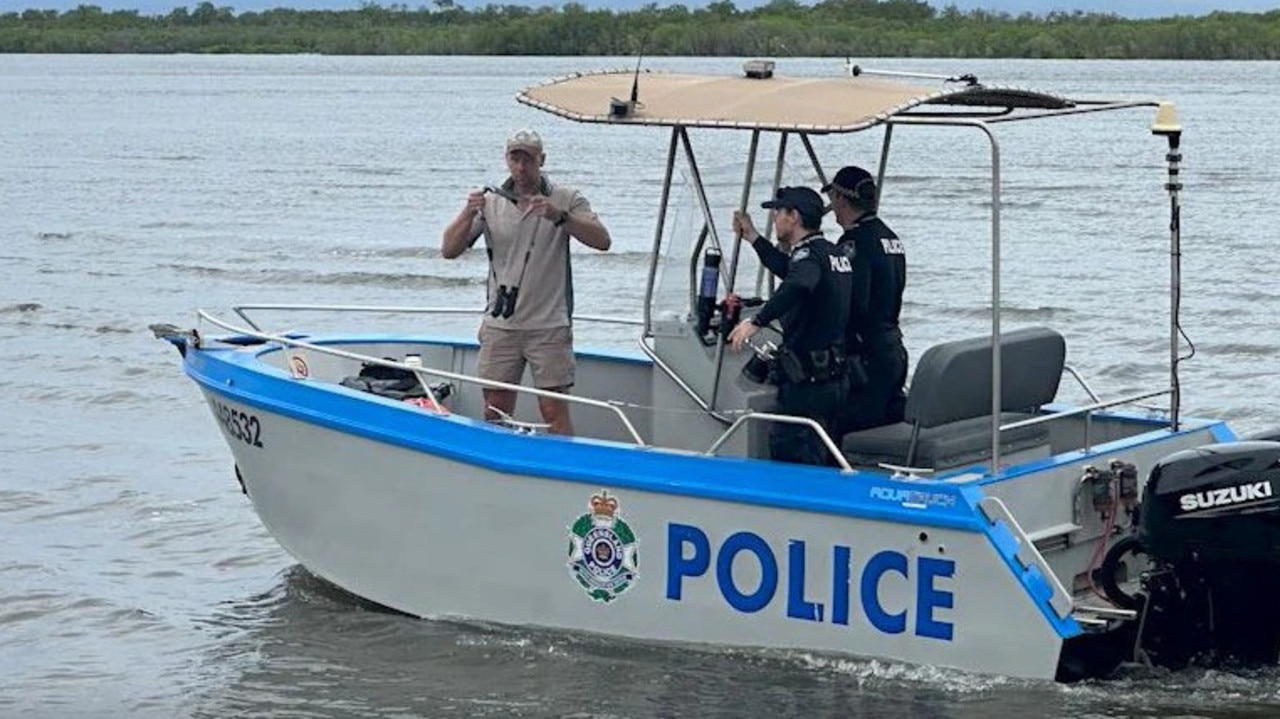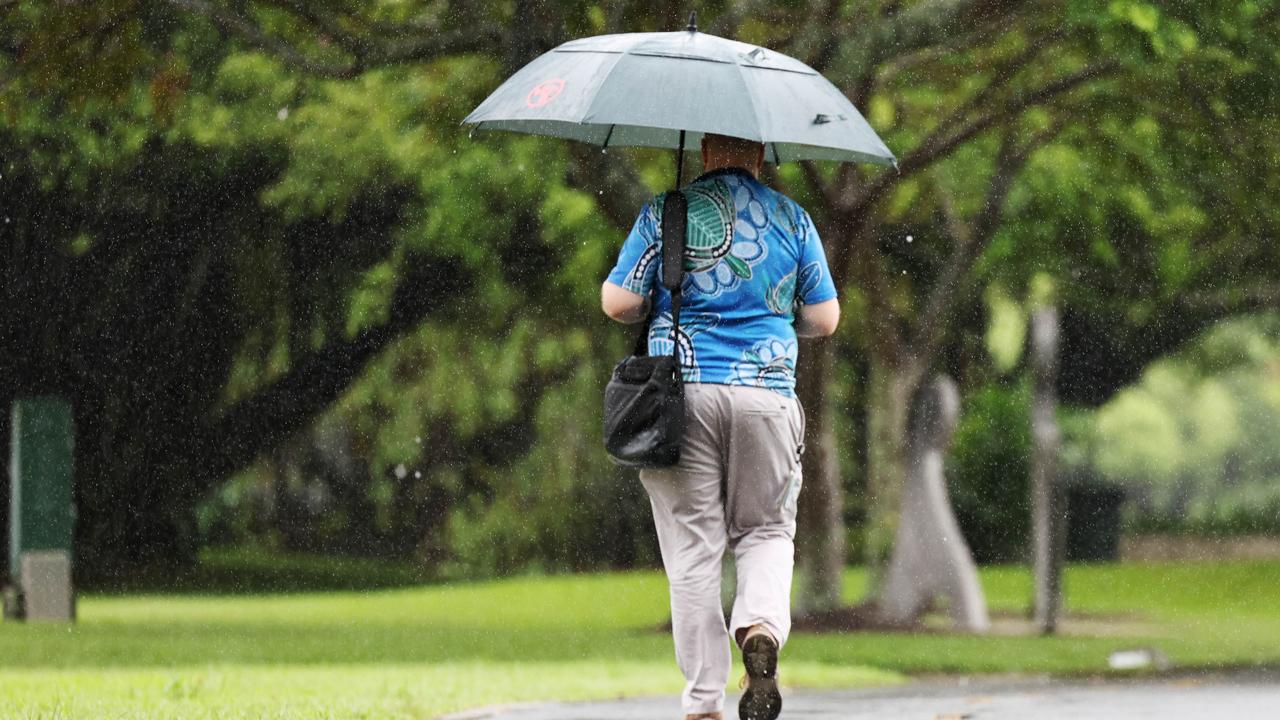Great Barrier Reef Foundation, Qantas deliver Aussie-first coral IVF program
An Australian-first program to help regenerate coral reefs has launched in Far North Queensland. How it works.
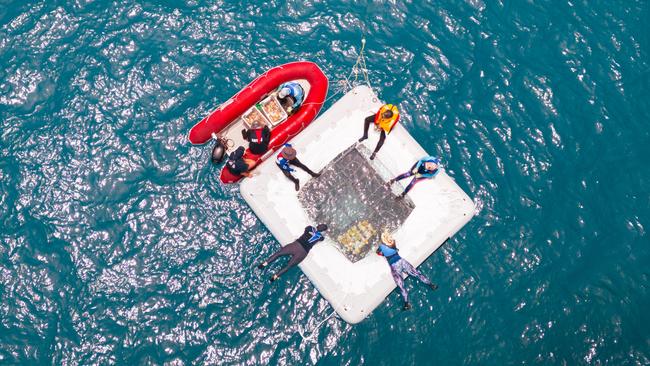
Cairns
Don't miss out on the headlines from Cairns. Followed categories will be added to My News.
An Australian-first program to help regenerate coral reefs has launched in Far North Queensland.
Situated between Cairns and Port Douglas, The Great Barrier Reef Foundation, in partnership with Qantas, has launched Boats4Corals.
The program will train local tourism operators, traditional owners and researchers in the restoration technique known as Coral IVF to support the reef’s natural regeneration process.
Great Barrier Reef Foundation restoration director Melissa Rogers said it was critical when it comes to building the reef’s resilience.
“We’re off the coast of Port Douglas because we’re actually for the first time, deploying the IVF method in partnership with tourism operators and … we’re going to be putting the coral babies out onto the reef,” Ms Rogers said.
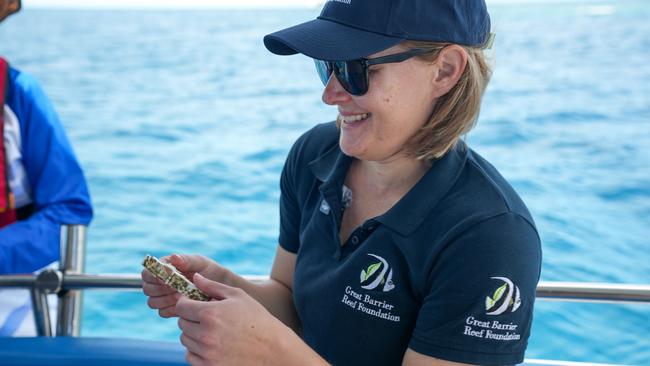
“We’ve had tourism operators working with researchers out here … checking the pools every two hours to make sure that the corals are growing as necessary, and when they’re ready, take them to the most impacted places on the reef to enhance the resilience of the reef.”
The Coral IVF process involves capturing millions of coral eggs and sperm in floating larval pools set up in two different locations in the region.
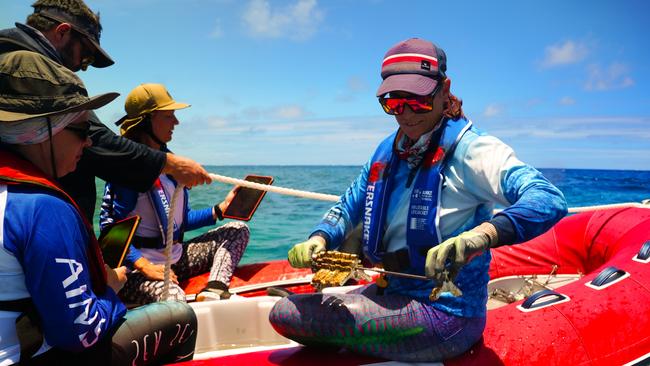
The spawn bundles stayed in the nursery pools for up to a week as they develop into coral babies.
Once ready, they are placed onto reefs which include locations that were impacted by recent bleaching events.
“Coral IVF is a technique pioneered by the Great Barrier Reef Foundation and essentially what we’re doing is, we go out and about during coral spawning and we collect these licks of spawn generally in coral pools,” Ms Rogers said.
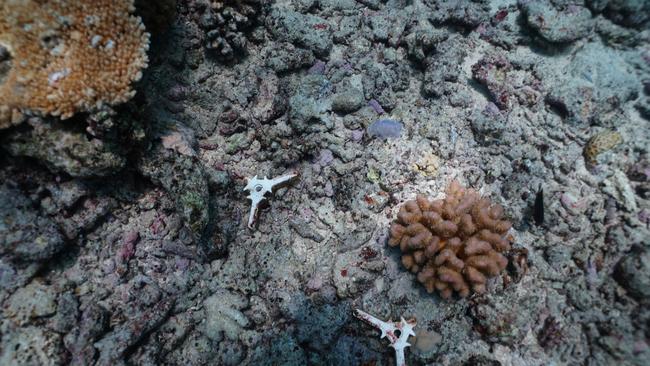
“In nature coral larvae will float around and they might just happen to find the right reef to settle on, so through coral IVF we collect the eggs and sperm and leave the larvae in the pool for about a week to develop into coral babies to then be settled on the reef floor.”
Australian Institute of Marine Science Industry Development Lead Dr Kevin Erickson said around 20 million coral spawns were captured in November and deployed onto the reef.
“We put our coral seeding devices into these pools and then … we can put them into areas that need coral restoration efforts done on,” Mr Erikson said.
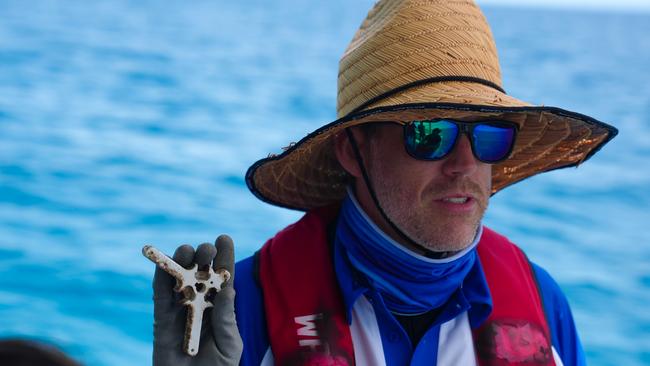
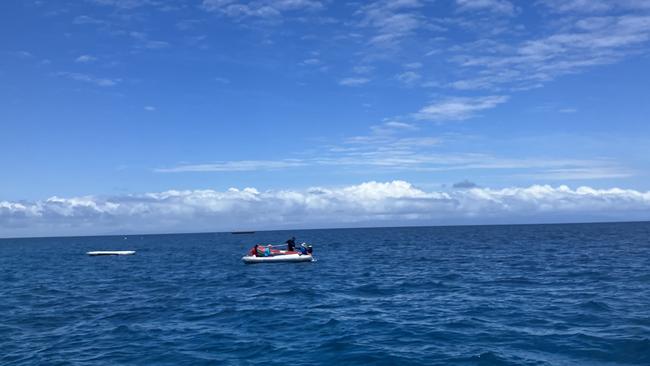
“Despite the tough summer that the corals had here off the coast of Cairns and Port Douglas, we saw an amazing spawn and were able to collect 20 million spawn that would’ve otherwise been lost to the sea, kind of allow those to develop and … put those back to where they’re needed.”
In partnership with the GBRF, Qantas has committed $10 million over 10 years to the Reef Restoration Fund.
While coral IVF pools are not open to the public, visitors to the reef will be able to enjoy the result of reef restoration efforts for years to come.
More Coverage
Originally published as Great Barrier Reef Foundation, Qantas deliver Aussie-first coral IVF program



